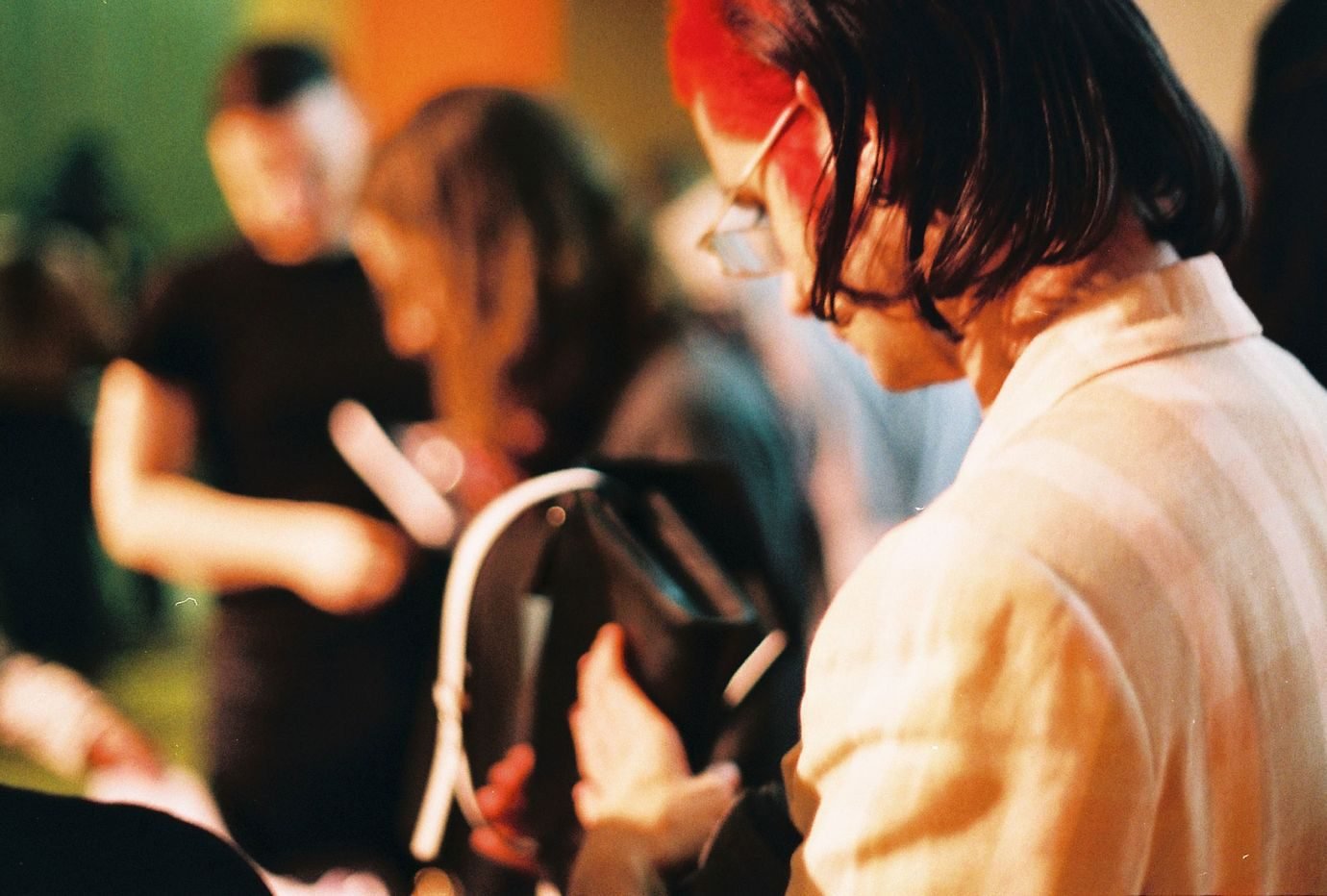Though the controversial appointment was widely covered by fashion and general media, imminent change seems unlikely. Since the news of the appointment broke, two more white men were suggested for creative director positions: Davide Renne obtained a position at Moschino and Walter Chiapponi is rumoured to move to Blumarine. The inequality is deeply rooted but systematically silenced.
“Everyone is pissed off. For me, it has nothing to do with Sean or his appointment. It’s about the pattern.”
NDA contracts and a culture of secrecy continue to conceal the problem. 1 Granary interviewed multiple women and people of colour, currently in senior positions at Kering- and other conglomerate-owned luxury fashion houses. Their anger was palpable, but unsurprisingly, rendered absent from public discourse.
“Everyone is pissed off,” one head of design shared. “For me, it has nothing to do with Sean or his appointment. It’s about the pattern. The barriers of entry are just different for women than they are for men.” Those who know Sean describe the Irish-born designer as “kind”, “down-to-earth”, and “capable”, and everyone welcomes the decision to give opportunities to younger, behind-the-scenes profiles. The problem, however, is that those opportunities are only granted to a select demographic. “When I speak to the men I know in the industry, all of them will admit that they have advantages.”
“If you’re a good-looking white guy at a well-performing brand, you start being considered for these huge opportunities the moment you turn 30. This doesn’t happen to women or people of colour.”
None of the senior female designers we spoke to were approached to interview for the position, nor were any of their female peers, even though their experience and skillset match (or exceed) those of Sean’s.
This is not unusual. With the interview process notoriously opaque, discrimination passes under the radar too. Women don’t seem to be considered for these positions as often as men. When they do find an opportunity to apply, it’s because they grabbed it with their own hands. “I’ve had four interviews for creative director roles. It’s fine not to get the role, but all of the interviews I got because I heard about it through someone and reached out. It was not a process open to people in the field,” one head of design shared.
Out of 38 creative directors hired by Kering since 1995, five have been women. That’s 13%.
“If you’re a good-looking white guy at a well-performing brand, you start being considered for these huge opportunities the moment you turn 30. This doesn’t happen to women or people of colour,” another head of design said. “As a woman you need to prove yourself. These men are automatically handed the keys to the house.”
Can you think of one 30-year-old woman recruited straight into creative leadership? Does a Black person need to win 13 Grammy Awards or set up a billion-dollar company within five years before having a shot at these positions?
Out of 38 creative directors hired by Kering since 1995, five have been women. That’s 13%. But the industry is rife with examples of influential and successful creative directors who aren’t male or white. However, they all built their success independently before obtaining industry recognition. Just think of Rei Kawakubo, Vivienne Westwood, or Virgil Abloh ‒ all of whom achieved legendary creative director status by creating their own context for it. Maria Grazia Chiuri had a proven track record at Valentino and helped the company grow into a billion-dollar brand over 17 years before she was considered for a creative director role (that wasn’t shared with a man).
Can you think of one 30-year-old woman recruited straight into creative leadership? Does a Black person need to win 13 Grammy Awards or set up a billion-dollar company within five years before having a shot at these positions?
Women are overrepresented in fashion education, and in both junior and senior positions, they seem to disappear entirely from the leadership roles.
When looking for a new creative director, brands realistically have three options. Either they choose a public profile ‒ the confirmed legend with a recognisable name (think Hedi Slimane) or the rising star with their own brand and online community (think Harris Reed) ‒ or they promote a behind-the-scenes player (that would be Sean McGirr). In the case of the latter, recruiters look for heads of design and RTW, people who didn’t just focus on one specialty but have enough leadership experience across categories.
This is where the gender inequality becomes strikingly apparent. Race and class inequality remain a massive challenge at any stage of a fashion design career, starting with college applications, but where women are overrepresented in fashion education, and in both junior and senior positions, they seem to disappear entirely from the leadership roles.











